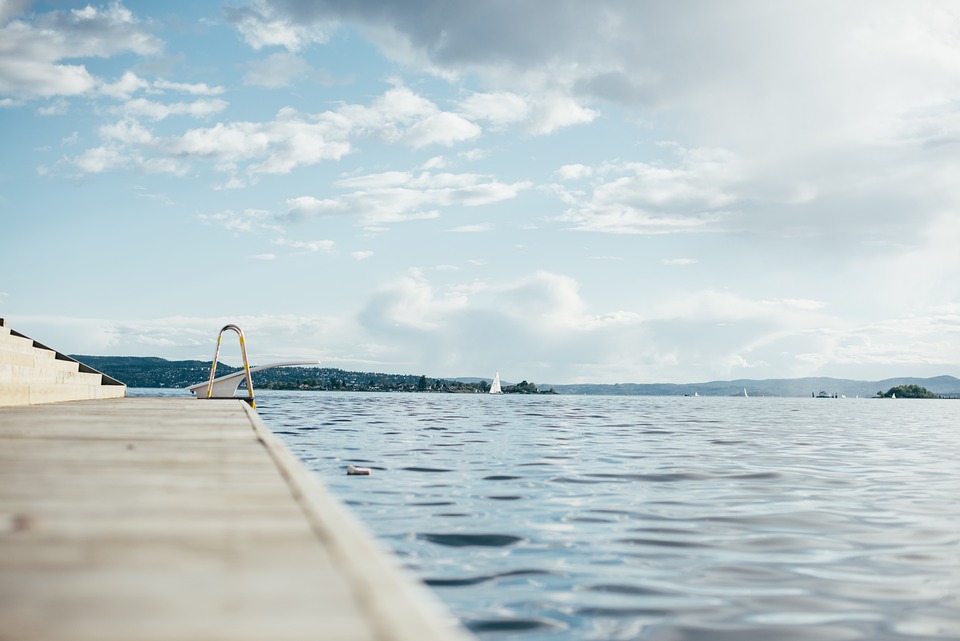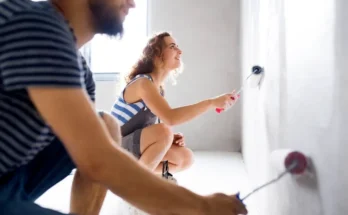Introduction
If you have a pool, you know how much fun it can be. They provide hours of entertainment and relaxation, and they’re great for exercise. However, pools also need maintenance to keep them safe and clean. This blog post will talk about what every homeowner with a pool should know about keeping water clean and bacteria-free.
Pool Fencing
One of the biggest mistakes you can make as a homeowner with a pool is to not fence it off. If you don’t want your kids to wander into the pool area (and possibly fall in), you must install an enclosure around your swimming hole.
Some parts of the country require fencing around swimming pools, but even if they’re not legally required in your area, there are still plenty of reasons why they’re important. For one thing, fences help keep young children away from dangerous areas like waterfalls and other complex features; without proper fencing in place, these features could be especially dangerous for younger kids because they won’t have the time yet to learn how to use them safely. In some cases, too young children might even mistake such things as step-in tubs or hot tubs for basic bathtubs.
In addition, though there are aesthetic considerations as well: having a glass pool fence surrounding your pool means that when guests come over (especially friends who aren’t used to seeing tons upon tons worth of water) then at least now there’ll be something obvious separating them from falling headfirst into said body of liquid.
Pool Barrier
It’s important to understand what pool barriers are and how they work, so you can make the best choice for your situation.
A pool barrier is a physical or chemical feature that prevents unauthorized access to or removal of water from your swimming pool. A fence, wall, or locked gate can be used as a barrier if it meets certain requirements:
- It must be at least four feet tall when measured from the ground (or decking surface) around your swimming pool;
- It must be made of solid material (that is not easily breakable), such as wood, metal, or concrete; and
- It must not have any openings larger than 4 inches wide by 6 inches tall and you need to do pool barrier inspections regularly.
Pool Chemical
It is important to know what chemicals are required for a pool and the amount needed. This can be determined by your water chemistry test results or by a local pool store like pool chemicals in Auckland. You will need:
- Chlorine (or bromine) shock is used in conjunction with chlorine tablets to kill bacteria and algae in your pool.
- Algaecide, which prevents algae from growing in your swimming area.
- Water clarifier and pH balance, which keeps your water crystal clear and balanced between pH 7.2-7.8
There are several types of pool cleaners.
There are several types of pool cleaners. The most common type is the suction-side cleaner, which uses a high-speed rotating brush to loosen debris and then vacuum it up through a central skimmer. The second most common type is the pressure side cleaner, in which water flows through two sets of hoses connected to your filtration system and filters out dirt from the pool’s bottom before returning it into circulation.
This may sound like something you don’t want in your pool. But with proper care and maintenance, these devices can help keep your water crystal clear for years.
The tubular skimmer is essential for a clear pool.
The skimmer is essential for a clear pool. It’s the part of your pump that collects debris from the surface of your pool by using suction and centrifugal force to pull water into its collection basket, which you’ll find right at the top right end of the pump housing unit.
To keep it working properly, you need to clean it regularly so that it doesn’t become clogged with leaves, bugs, hair, and other junk floating in your water.
A broken filter could cause problems, so it’s important to learn how to clean and maintain it.
The filter is an essential part of your pool’s filtration system, so it’s important to keep your filters clean and in good working order. It is recommended that you clean the filter regularly, check for damage and replace the filter if necessary.
Clean the Filter Regularly – The first step towards maintaining a healthy swimming pool is keeping your filters clean. A dirty filter will have a hard time doing its job, causing increased water pressure which can damage equipment and even cause injury to people using the pool.
Change Your Filter Regularly – Filters should be changed every three months or when they are no longer able to remove particles from the water effectively enough for safe swimming conditions (this may happen sooner depending on the frequency of use). If certain types of debris are not being filtered out properly it could lead to clogging or breaking down inside the unit which could result in expensive repairs or replacement costs if left unattended too long. Check For Damage Regularly – Before cleaning a dirty filter make sure there aren’t any visible signs of physical damage like cracks/holes or rusting around screws etc., which would indicate that something needs replacing right away otherwise they will just continue failing over time until eventually dying completely after several years worth of use has passed by without maintenance.
You should also know how to winterize your pool at the end of the season.
You should also know how to winterize your pool at the end of the season. This process involves draining all the water from your pool and making sure it’s clean before you store it away for several months. To accomplish this, follow these steps:
- Close off access to your pool by either closing its gates or putting up a fence that’s high enough to prevent animals from accessing it.
- Fill it with water until there are about four inches of water remaining in it (this will help protect against damage caused by freezing temperatures).
- Clean out any debris in or around your swimming area using a broom or leaf blower, then scrub down the sides and bottom of your swimming area using algae brush you might want to wear goggles while doing this. Any algae present must be removed; otherwise, mold can start growing on them during storage time which could lead to serious problems later on down the road. Once everything has been cleaned up well enough (you’ll know if there’s still some algae present because they’ll show themselves again when you start filling up again), drain all remaining water out through either one-way valves installed near where you fill up annually or by opening back up any connection between drains already used during regular cleaning cycles throughout summer months.
Conclusion
Hope this article has given you some insight into how to take better care of your pool. As said before, there are several things you should know about cleaning and maintaining your pool.




